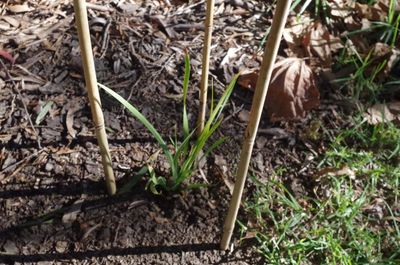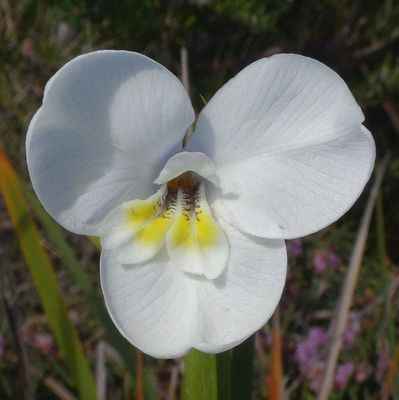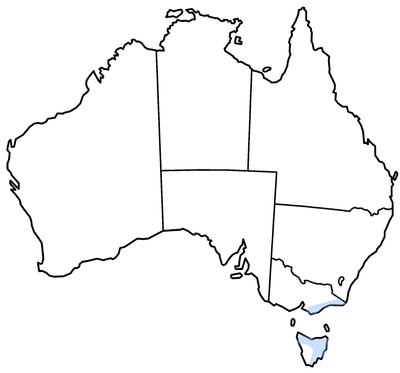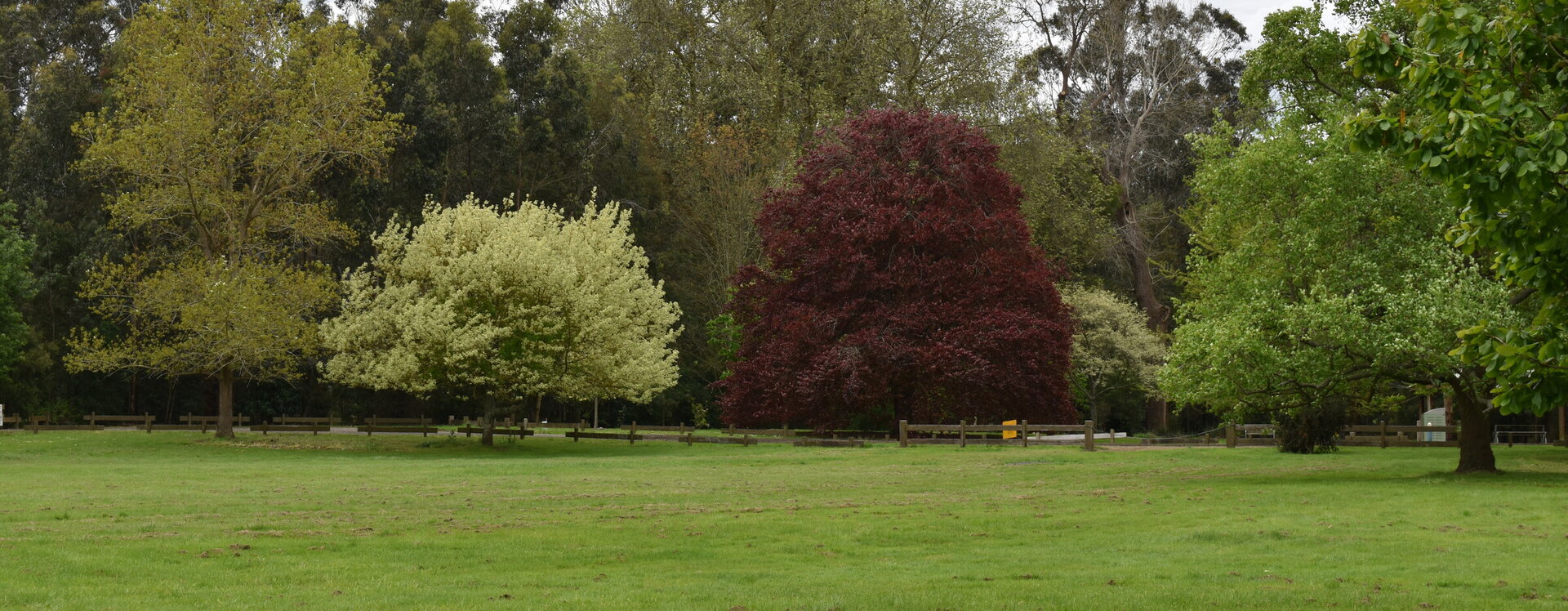


Diplarrena moraea
Diplarrena
Diplarrena moraea has several common names: Butterfly Flag, Tarwin Lily and Mirboo Lily amongst them, even though it is an iris and not a lily. It is a densely tufted perennial herb with a rhizomatous rootstock. The strappy dark green leaves grow up to 70 cm long and 5-10 cm wide. Flowers occurs in clusters of 3-6 on stems longer than the foliage, to 100 cm tall. They consist of three white outer segments to 35 mm c 22 mm and three smaller oblong inner segments that are yellow with purple veins, from October to January. Seeds follow in a 3-sided capsule. It is found locally in South Gippsland in heathland and open-forest, generally at low altitude. It also occurs in New South Wales and Tasmania.The species was formally described in 1800 by French naturalist Jacques Labillardière in Relation du Voyage à la Recherche de la Pérouse.
212.00 Location D4 in the river planting. Latitude; -38.402737000000 Longitude; 146.052243000000

